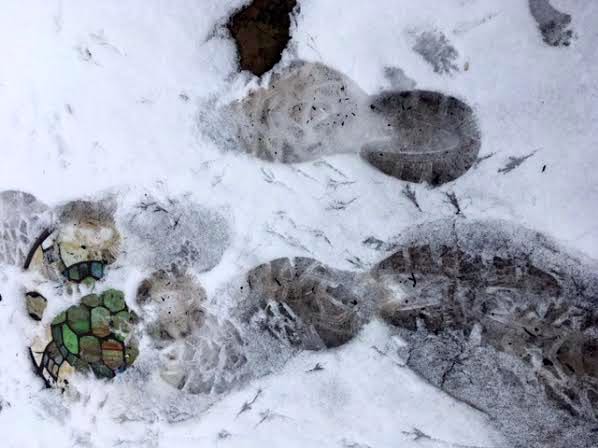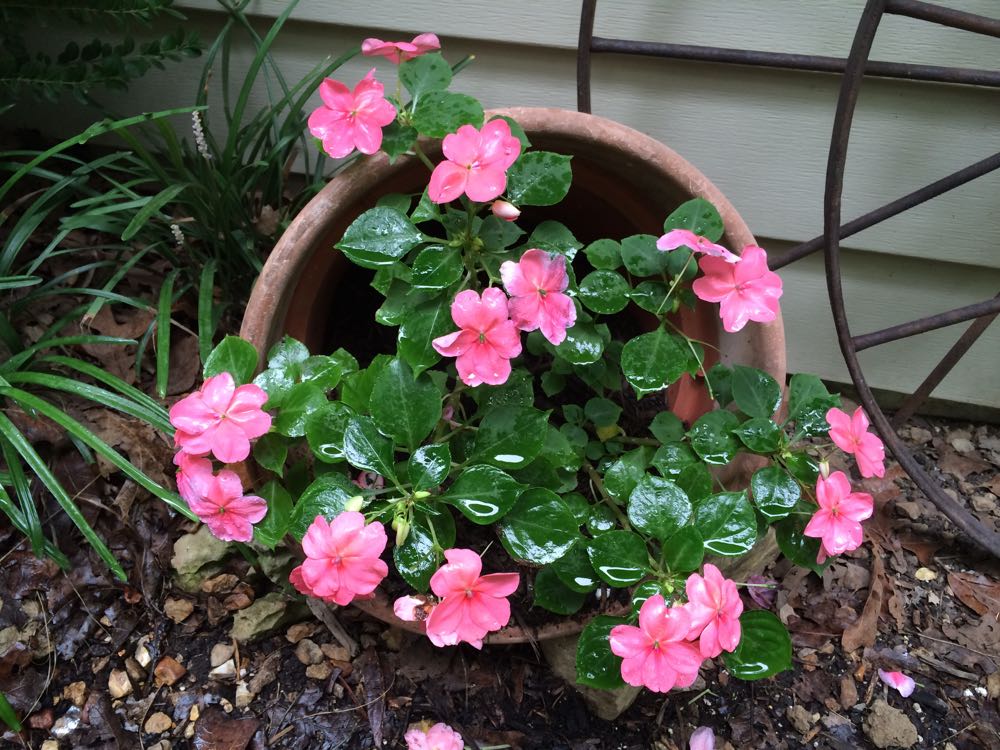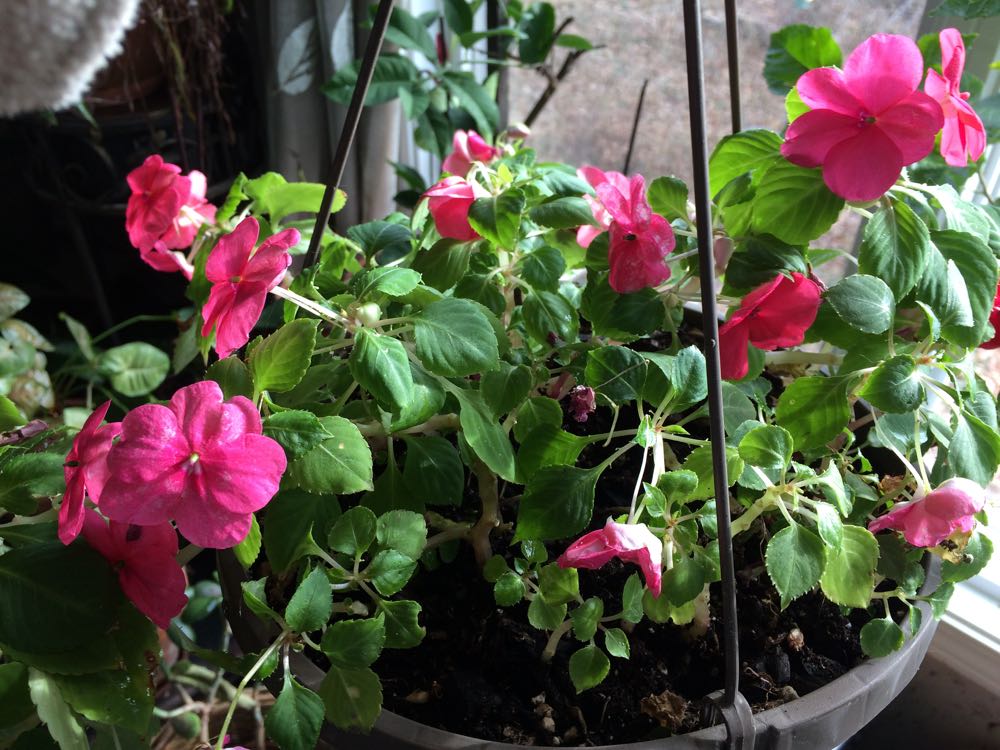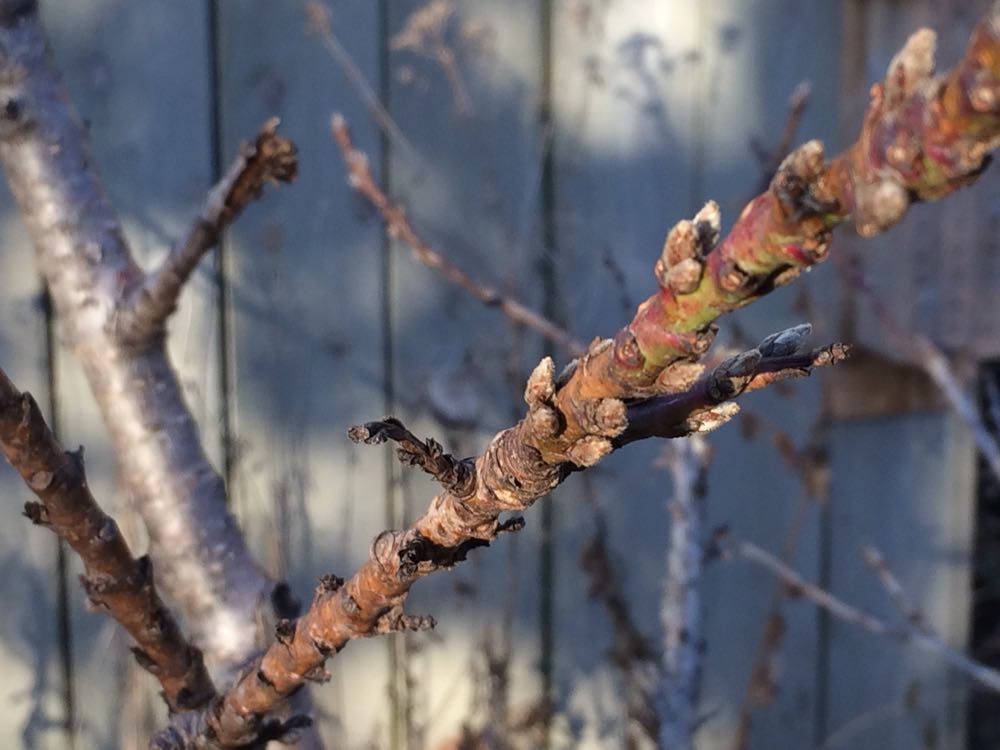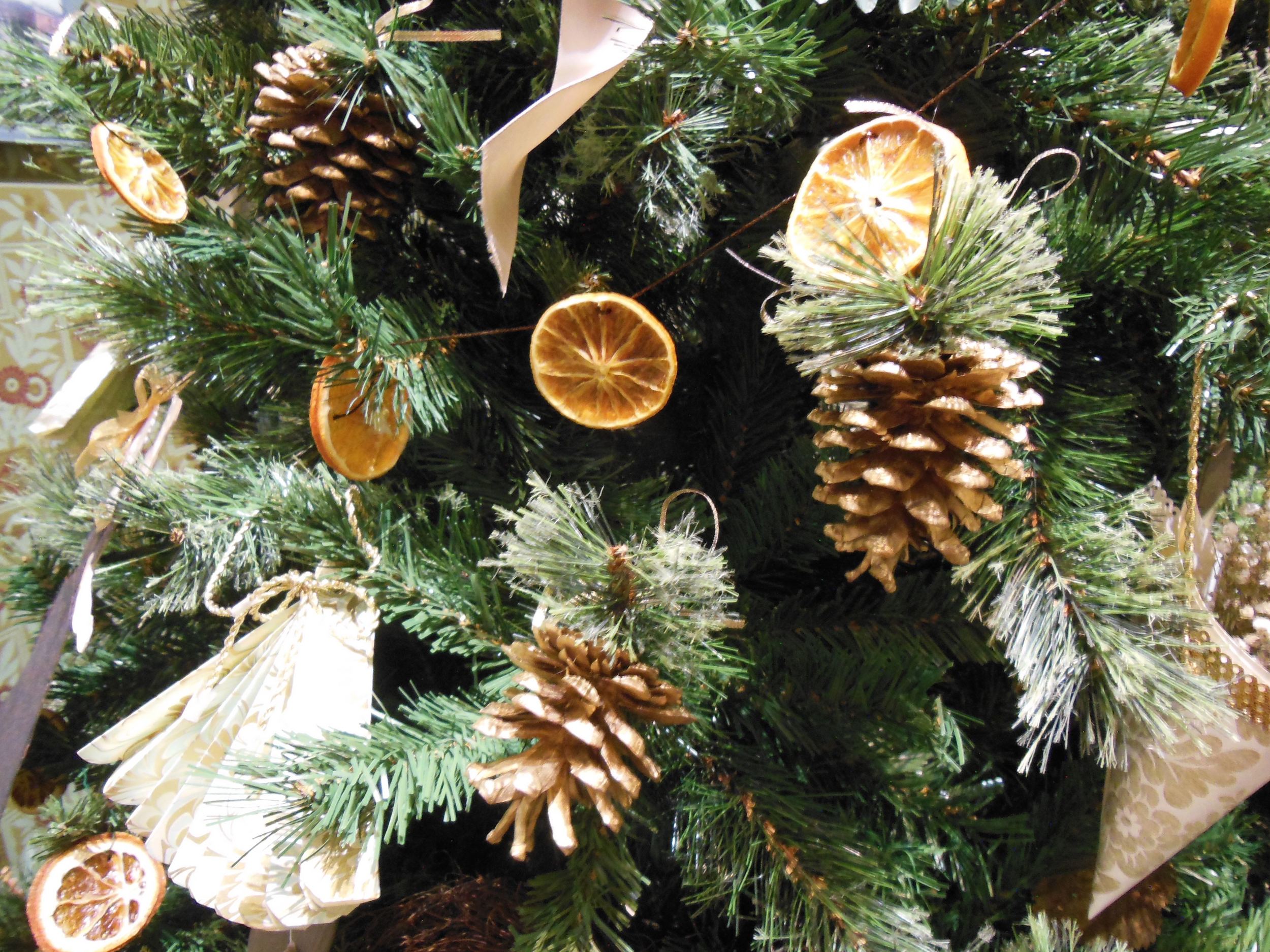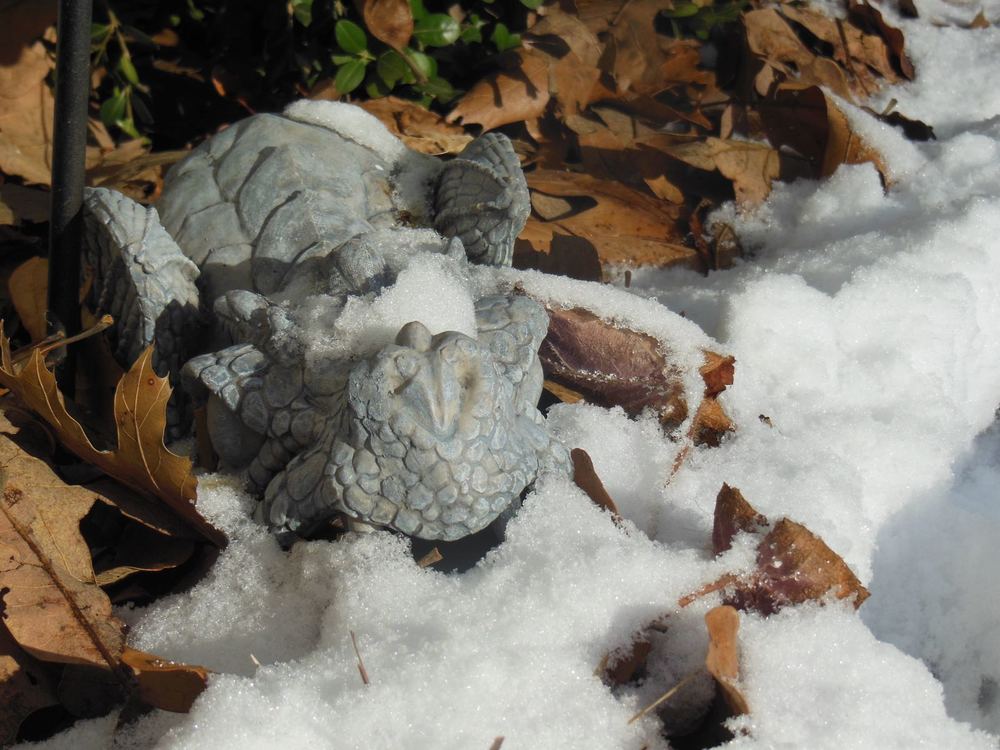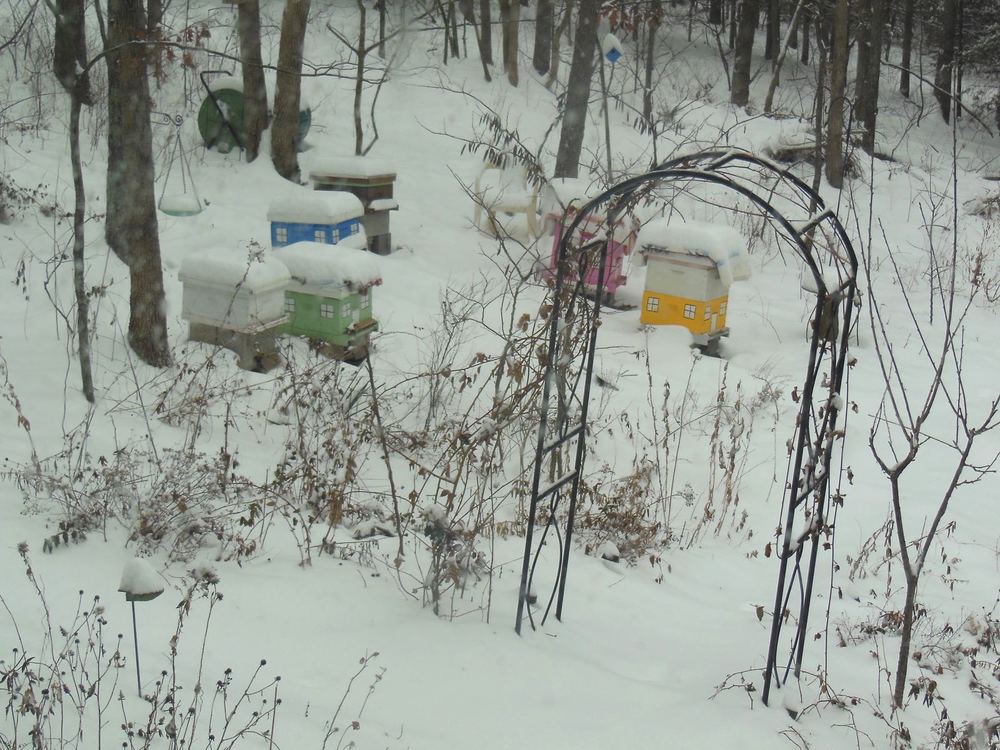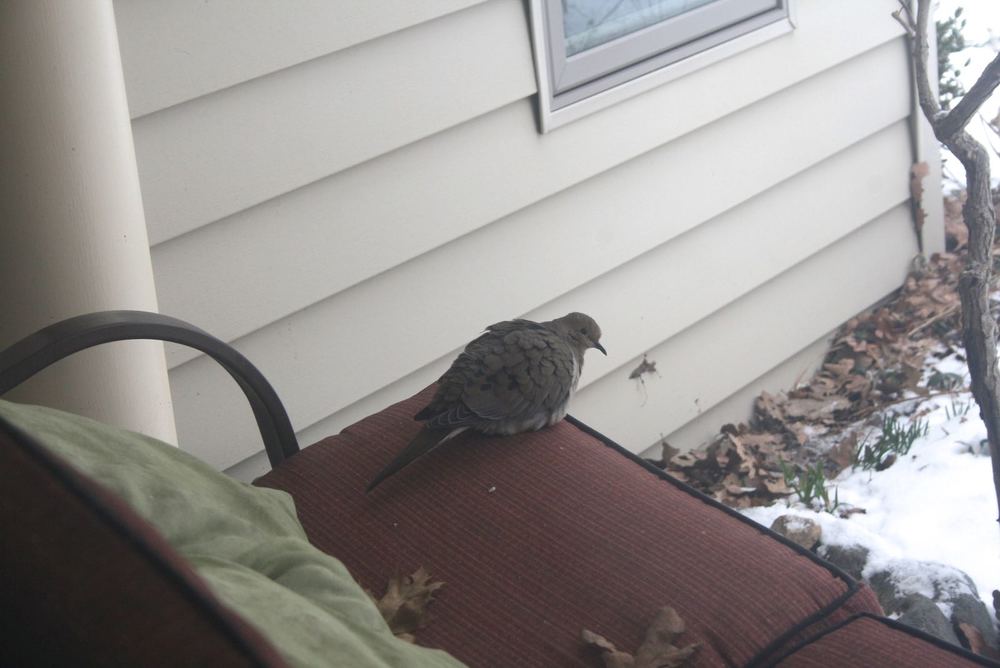Follow the Foot Prints!
/My snow-covered garden ready to “tell” on its visitors. (Photo by Charlotte Ekker Wiggins)
Follow the Foot Prints!
There are many reasons to look forward to cold, snow-covered days. They are great excuses to “rest” after a busy gardening and beekeeping season; it’s a good time to catch up with reading and I enjoy a cup of tea curled up in front of a fireplace with a purring cat in my lap.
There’s one other reason and one that is part solving a mystery with a dash of fresh discovery. That is walking through my snow-covered garden and spotting the different foot prints in the snow, which confirms my regular visitors.
These look like squirrel prints along with some birds on the right. (Photo by Charlotte Ekker Wiggins)
Although I can’t tell the difference between the different winter birds, those foot prints are the easiest and most fun to follow.
In the following photo, can you find the deer print?
The bird prints are easy to spot, even on rocky ledges. (Photo by Charlotte Ekker Wiggins)
As much as the individual foot prints are fun to follow, I like to find the intersection of prints and try to imagine what happened at that point.
When I watch my garden from inside my house, I sometimes spot birds running into each other and squirrels chasing each other through the garden, even in snow. Their combined foot prints, however, don’t mean they were in the one spot at the same time.
Let’s see, I see squirrels, birds, rabbits and maybe raccoon prints in this spot.
Now this looks like a traffic intersection, how many different prints do you see? (Photo by Charlotte Ekker Wiggins)
If they were all in the same spot at the same time, however, I imagine it would look something like this:
One more conflagration of foot prints, so easy to see in the snow. (Photo by Charlotte Ekker Wiggins)
By checking the foot prints, I have also found some interesting trails. I didn’t know some of my birds like to winter over some of my hydrangea bushes, or how much many of these creatures circle my small front pond. Seeing those foot prints inspired me to make more of an effort to give them water in nearby bird baths.
Being outside after a snowfall is also quite quiet and beautiful, completely changing the look of my garden covered in a blanket of snow.
And one more set of prints that mar the white landscape. (Photo by Charlotte Ekker Wiggins)
If you haven’t had a chance to walk through your garden after a snow storm, do it safely if you can but give it a try. You may be surprised at what evidence you see of what is visiting your garden!
Charlotte






